Email Legacy
It is becoming increasingly more difficult to imagine life before the Internet, a time when networked Email was a breakthrough, providing electronic messaging to the growing masses of PC adopters. But Email, at least Networked Email (vs. its predecessor, Mainframe Email), required a store-and-forward architecture to enable wide-area transportation across disjoint computers, often over periodic slow phone line connections.
The connections are faster now, but the physical networks making up the Internet are still heterogeneous resources, so Internet Email uses effectively the same store-and-forward architecture (via SMTP). This legacy architecture carries additional weaknesses (see also “Seven Reasons Why Email Sucks“) for Email:
- Security Risk: Messages are transported over unknown networks. And most people do not encrypt their email.
- Storage Waste: Email creates physical duplicates for each recipient (excluding some intranet email systems). No wonder email quotas are so common.
- Unreliable Delivery: While Email delivery can be fast, sometimes Emails are delayed or never delivered. Worse, there’s no reliable way for the sender to be sure.
Over time, new messaging mechanisms were created to fill Email shortcomings:
- IM/Chat: Provide faster real-time communications. Enabled by Internet connectivity, and peer-to-peer technology. Typically, not persistent (conversations usually are not saved)
- SMS “texting”: Required by new mobile phones and devices which initially did not support email.
Convergence
But, today, do we still need all of these different messaging systems? Email delivery times have decreased over time as connectivity and computing capacities have improved. Fortunately, mobile devices (“smartphones”) now support Email, and Email does provide more persistent information than SMS or Chat.
So, can’t we get the best of both worlds? 1) Real-time (or near-real-time) chat plus 2) Persistent data retention? Unfortunately, Email still has its shortcomings.
Google Wave was an attempt to create a new messaging application (“from scratch”) that combined multiple messaging needs such as: real-time and message persistence (storing messages for future reference) minus Email failings. But…Google Wave was just too different. Only the most revolutionary innovators could take the time to actually adopt Google Wave.
Instead, Social Collaboration, for the first time, offers the best of all worlds, including but not limited to Chat, Persistence, Mobility, Security, Reliable Delivery, Easy opt-in/out, Separation of alert and content (see “Delete Dilemma“), Efficient storage, all in a familiar & easy to use interface (a la Facebook and Twitter).




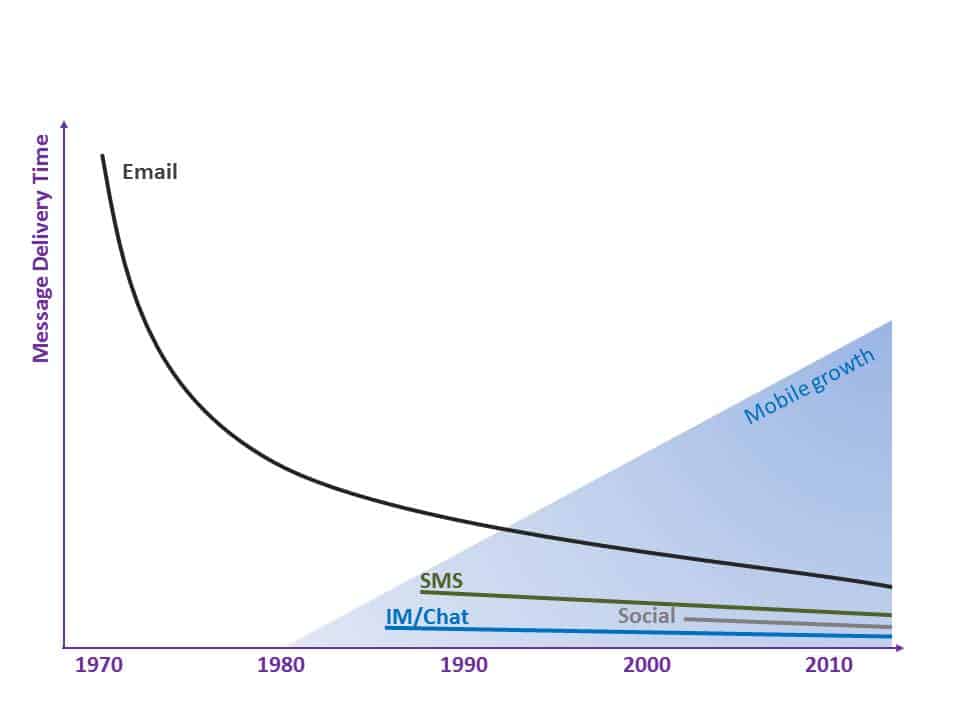

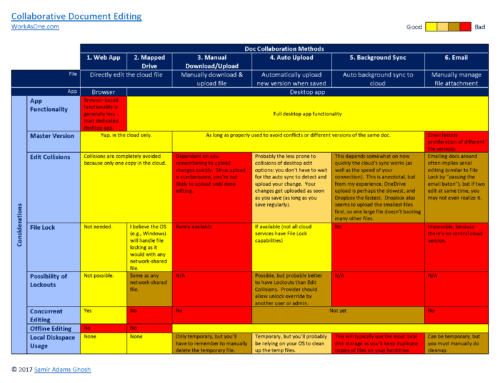
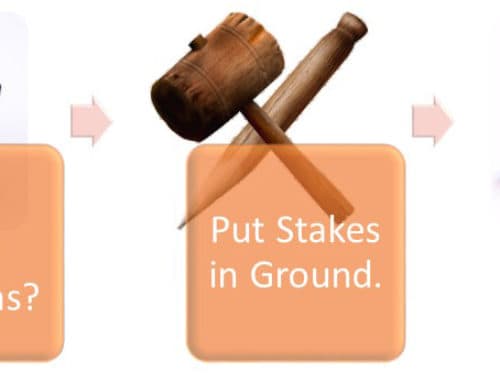
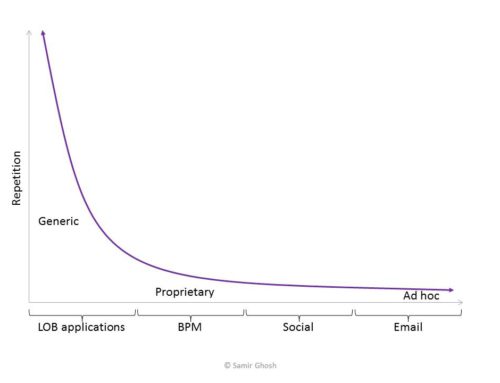
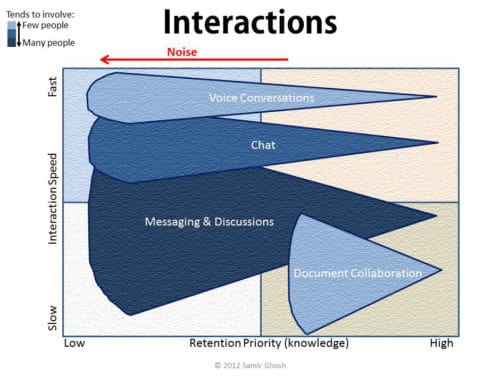
Leave A Comment